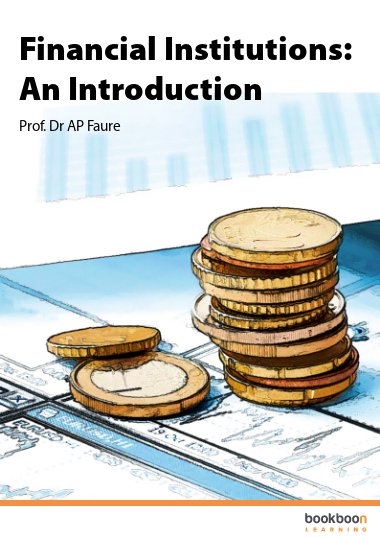To say that financial institutions play a significant role in the financial system and the economy is a huge understatement. They evolved over centuries to perform functions desired by the general public, the corporate sector, and government. At the very centre of the financial system are the private sector banks, which have the responsibility of, making loans and taking deposits, and the creation of new money (ie bank deposits, because the general public regards deposits as the means of payments), which arises as the outcome of new bank loans extended. The central bank has the responsibility of influencing the growth rate in bank credit extension / money creation via interest rate control. The investment vehicles, such as the retirement funds, collective investment schemes, long-term insures, and so on, are the custodians of the public’s savings, and the drivers of investments in the economy. In addition to these mainstream financial institutions we have quasi-financial institutions, such as development finance institutions, finance companies, investment trust companies, credit unions, and so on. There are also the ancillary financial entities, without which the financial system will not function well: regulators, financial exchanges, fund managers and securities broker-dealers.


